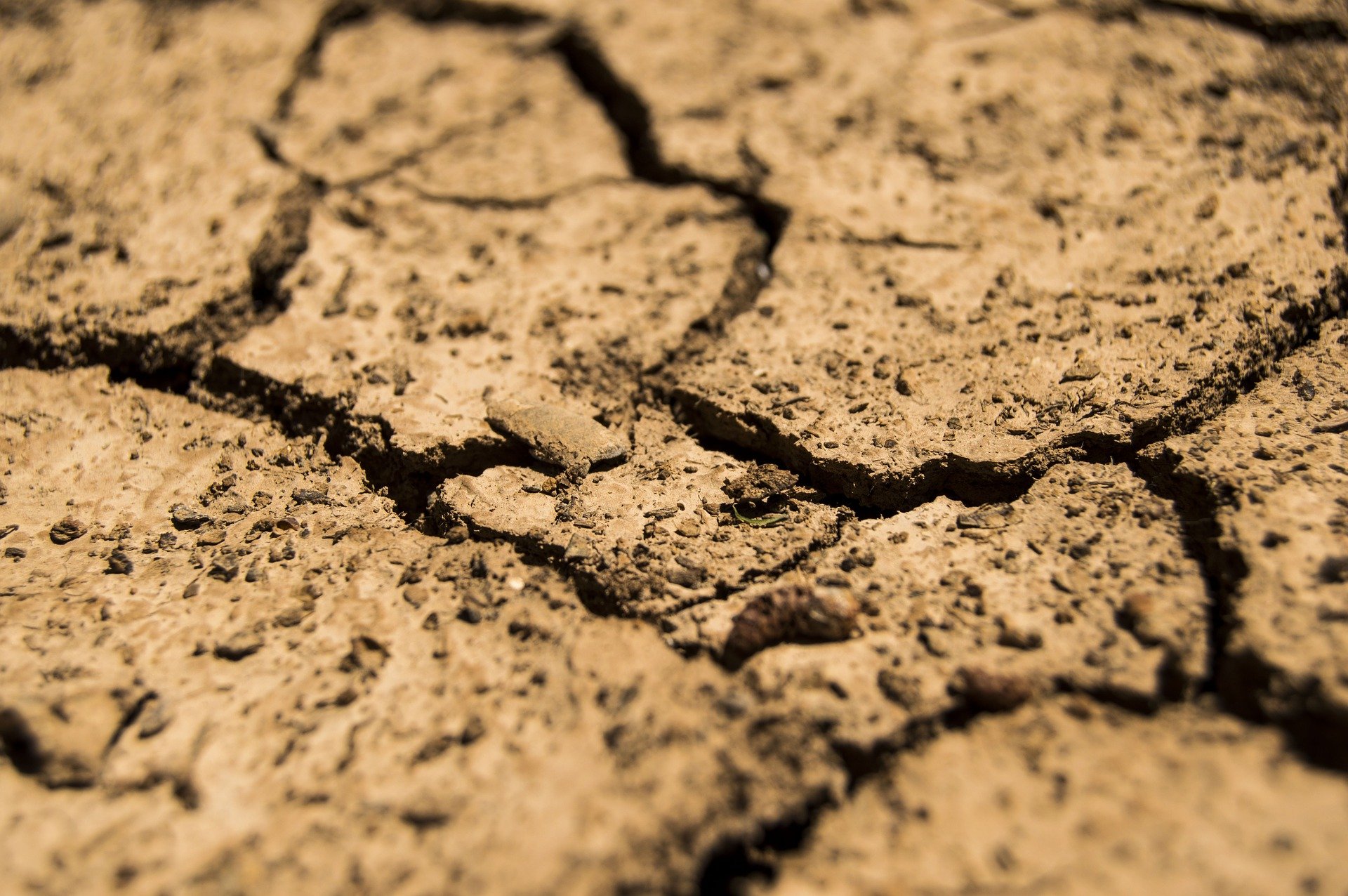Second update 2/3 - What is the situation with the helicopter on Mars?
In the meantime, we are only a year further. A lot has already happened there on Mars. A second update is required, we write at the end of December 2022.
The helicopter Ingenuity, what did we already know?
In addition to the rover, an experimental self-steering mars helicopter will also receive some assignments. This Ingenuity will take pictures of the landscape, consider this as a bonus and as a demonstration of technique. In the beginning, there were no further research goals. It was hoped that 5 flights would be possible.
Because radio signals take 5 to 20 minutes to travel between Earth and Mars (depending on planetary positions), Ingenuity must be able to work autonomously and perform maneuvers that are planned and sent in scrip form. Each command line is checked several times and checked for errors that could endanger a possible flight. Simulations are also happening all the time. The data of each flight is sent back to Earth and this is always done via the Perseverance, which must therefore remain nearby.
Between April 2021 and December 2021 there have already been 18 flights, the logbook can be consulted at NASA. All kinds of records were broken. One speaks of a great success at NASA:
- An altitude record has been broken up to 12 meters.
- The longest flight only lasted 170 seconds.
- The largest distance travelled in one flight was 625 metres.
- At the end of December, Ingenuity had flown a total of half an hour. A distance of 3592 metres was covered with a maximum height of 12 metres.
The satisfaction was so great that it was decided to use Ingenuity as a scout for Perseverance. Ingenuity will map out driving routes and locate study objects to which Perseverance can then drive. So this is clearly an additional task.
The helicopter Ingenuity, what else have we learned?
In December 2022, Ingenuity completed its 38th flight and reached a new altitude record of 14 meters. Its cruising speed is on average 4 m/s. He has flown for over an hour at this point.
Ingenuity, meanwhile, has received a major software upgrade that could extend the life of the chopper. The software will help to avoid hazards when landing on the rocky Martian surface by generating digital elevation maps.
At this point, it is clear that the helicopter has proven itself time and time again and that it has become the rover’s aerial scout:
- The chopper flies over areas deemed too dangerous for the rover. He sends photos and after analysis it can be decided whether to steer the rover in the direction or not. Fantastic were the photos of the descending parachute and the protective shield that were dropped shortly before the landing of Perseverance but which were therefore re-imaged by Ingenuity.
- He explores potential future destinations such as the interesting old river delta. The hostile terrain offers opportunities for him, he could fly over cliffs and ravines.
In mid-2022, there was an extension of that satisfaction. The confidence in helicopters on Mars is apparently so great that in the future they choose to instruct helicopters to collect the samples. The helicopters have yet to be built and will be sent during the Mars Sample Return mission around 2030. They will be equipped with wheels and with a two-fingered gripping arm. The use of helicopters would be a huge saving compared to a new robot. It would be about 2 hescrew planes:
- Helicopter 1 flies from its landing site on Mars to the last location of Perseverance. There he retrieves the approximately 33 sealed tubes that were stored in the belly of the robot. He then flies back to his landing site. In this scenario, Perseverance does not have to travel the possible long way to that landing site from which a spacecraft will launch from Mars. Risks such as sand dunes, boulders, hills and ravines will not be present and the shelf life of the robot will not come under pressure.
- Helicopter 2 flies from its landing site on Mars to all 10 abandoned tubes on the Martian soil. So far, about 10 double samples have been carried out. This means 10 sealed tubes in the belly of Perseverance, but also 10 sealed tubes scattered here and there at the soil of Mars. And it’s about these last 10 now. They were left as a reserve in case something went wrong with the mission/robot. Retrieving those tubes becomes a task for the helicopter 2.
The process will still be very complex. The flying robot (with wheels and a gripping arm) should be able to carry at least 150 grams. To collect a sample one provides 4 sols (a sol is a Martian day and lasts about 24 hours and 39 minutes). Each assignment is rather limited in terms of duration, but of course sufficient time is always provided to recharge the batteries:
- During the first sol, the helicopter will fly to the storage site, where it will land a few meters away so as not to cause any damage.
- The sol after that will drive the flying robot to the tube to grab it. By the way, each tube was extensively photographed to make sure that it lies horizontally on the soil and therefore does not coincidentally protrude vertically into the sand.
- The sol on it will fly the helicopter back to its landing site.
- During sol number four, the flying robot will drive to the launch module and drop off its charge.

These illustrations can be seen on the NASA website.






Comments